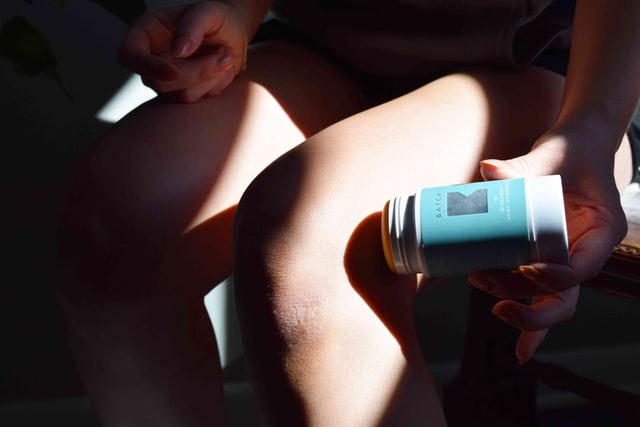By WIN Provider: Dr. Jack Harman, Chiropractor
One of the most common complaints I see in my practice is knee pain. For many people it seemingly starts out of nowhere with no injury preceding the pain.
When pain starts happening for no apparent reason it can be even more frustrating than suffering an actual injury.
The intention of this blog is to shed some light on why knee pain occurs, what you can look for to help prevent it, and the steps you can take to get out of pain if and when it occurs.
More often than not, knee pain has very little to do with the actual knee joint. Even in cases of moderate to severe osteoarthritis, years of poor movement mechanics of the entire extremity are usually to blame.
The knee is, generally speaking, at the mercy of hip and ankle mechanics. Research now strongly suggests hip and ankle control are directly related to increased stress on the knee joint.
Whether you are a full-time athlete, weekend warrior, or someone who tries to maintain a moderate level of activity, the same fact remains true: if the hip and ankle joints are compromised, the knee will take an increased amount of stress through movement. This increase in stress will often not manifest as knee pain right away, however, over time it is not sustainable.
As a preventive measure, keeping your hips mobile and strong is a great start. The gluteal muscles have a huge influence on leg control and force absorption, so increasing their strength can take pressure off the knees while you move. The hips, however, are only one potential piece of the puzzle.
The feet and ankles also have a large impact on force transmission through the entire leg. Foot strength and control are often overlooked when dealing with knee pain, but when you think about it, everything starts in the feet when we move.
We absorb force from the ground during movement, and if the first shock absorber in our kinetic chain is compromised, it becomes easier to see how more force will be transferred to the joints above the ankle.
Preventive measures are always best to stop pain before it happens. Keeping the feet and hips strong and mobile will always keep you a step ahead.
In many cases, these muscular control issues are too difficult to change on your own and will require some form of treatment intervention. In this case, or if you already suffer from knee pain, head to your nearest manual therapist with the new understanding of where this issue could really be coming from.
If you are a research geek like myself, the article below is a great read about how hip control directly relates to the development of knee pain.
Powers, C. M. (2010). The influence of abnormal hip mechanics on knee injury: A biomechanical perspective. Journal of Orthopaedic & Sports Physical Therapy, 40(2), 42–51. https://doi.org/10.2519/jospt.2010.3337
If you are struggling with a concern related to your knee, visit with me at WIN Health in Fonthill and we can discuss the treatment options that are the best fit for you.


